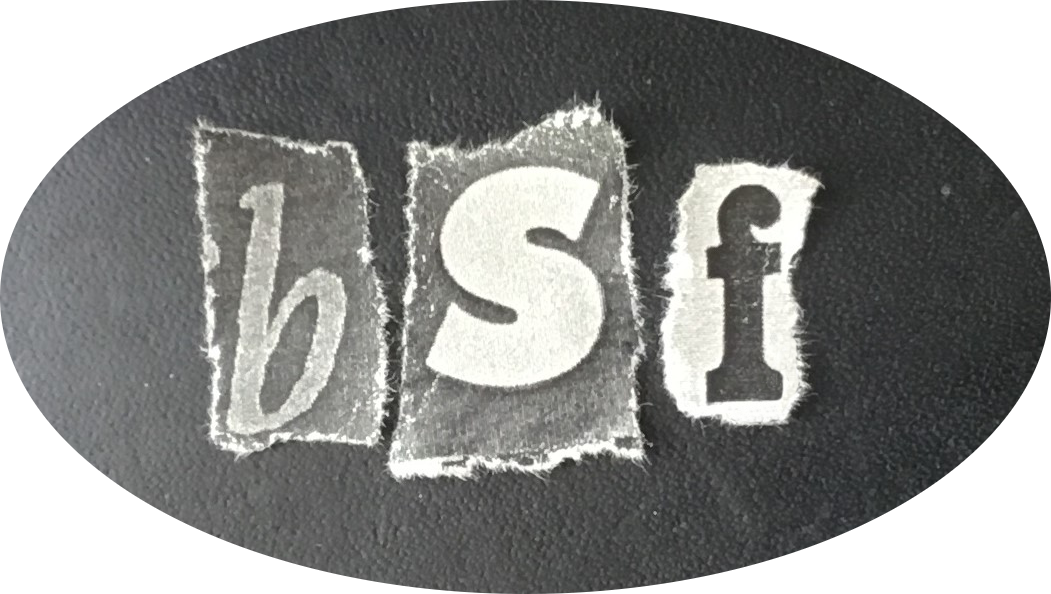On the Body, Self, and Family project, our main aim is to uncover women’s everyday experiences of health in the late twentieth century. However, we’re not just writing history. We also work with different participants to create better understandings of health and wellbeing in the present. Since the start of the project in 2017, we’ve worked on creating a toolkit that uses historical sources to empower young people to take control of their emotional and bodily wellbeing in the present, and to build better futures. We’ve run activities for the toolkit in different settings, gathered feedback to make it better, and (pandemic permitting) we hope to launch the final version in early 2021.

This is work that means a lot to us as a team. We believe that history helps people to understand themselves and the world around them; it doesn’t provide easy answers, but in generating different questions, it can make you see the present very differently. The ways we inhabit our bodies, negotiate gendered systems, and relate to the other people in our lives are personal and pressing matters – just as they were for the women in the past whose lives we are discovering through our research, and just as they are for the individuals who have participated in the activities for our toolkit.
Work on the toolkit has also been great fun. We’ve made posters with Girl Guide groups, encouraged Essex schoolchildren to collage ‘Frankenbodies’, run agony aunt quizzes with teenagers and adults, and created zines with people who dropped into a session at Colchester’s First Site Gallery. But the work has also raised some very difficult questions – questions that strike at the heart of the Body, Self, and Family project and its commitment to integrating the stories of women of different social classes, sexual orientations, and ethnicities.
Even now, most histories of women’s health deal with white, heterosexual women. This is partly because of entrenched racism and heterosexism within British society, but it is also because of the long history of those inequalities. If some women’s stories are less visible in the world around us today, then they were also even less visible in the decades that we research. As historians, this is a problem that we can tackle head-on in our research by consciously seeking out these women’s stories. But when we try to use historical sources to communicate with new audiences about women’s experiences of health and wellbeing in the past, it is not quite as simple.
Let’s take as an example the mass-market women’s magazines that we use in research. These magazines were not diverse or inclusive between the 1960s and the 1990s. There were no British mass-market magazines for BAME or LGBTQ+ women until the mid-1980s. The main titles available assumed that the women reading them were white and heterosexual; they rarely depicted non-white faces until the 1980s; and when they did present the perspectives of BAME or LGBTQ+ women, these women were portrayed as “exceptional” in some way. When using these magazines as historical sources in work with groups now, how can we simultaneously tell the stories of diverse women, and stay true to the source material?
One response is simply to add in more diverse voices – and we have tried to do this. But this approach is not without problems. Racism and heterosexism shaped women’s everyday lives in the past as they do today. If we simply make BAME and LGBTQ+ women more visible, we risk erasing those experiences of racism and heterosexism that have made them historically less visible. At the same time, we don’t want to introduce BAME and LGBTQ+ voices mainly to illustrate experiences of racism and heterosexism – this risks reducing these women’s full and rich lives to oppression and victimhood. More than this, as adolescents struggle with racism and heterosexism in their own lives, they need opportunities to see how in the past, women like them achieved success and happiness.
We are still working through many of these questions – there are no easy answers. One way we have tackled this in the toolkit is by including women’s testimonies about beauty and fashion. In talking about wearing gold high heels with airmen’s trousers as a way of rebelling against media stereotypes of lesbians, or taking pride in growing an Afro as a symbol of black identity, women simultaneously acknowledge damaging ideas about sexuality or race, and show how they rebelled against these notions. We ask adolescents to think about why clothes and hair were important to these women, and how they see their choices about style in the context of their wider lives. Our aim is to open out discussions about visibility and invisibility, power and powerlessness, and the different ways that individuals can seize control of identity and self. In this way, as the toolkit puts it, we want to use the past to empower the future.

